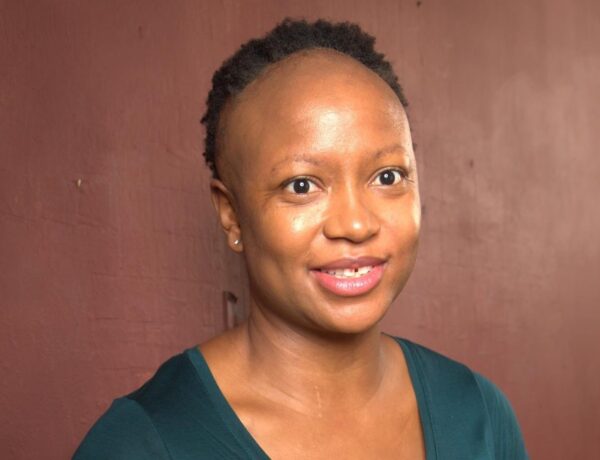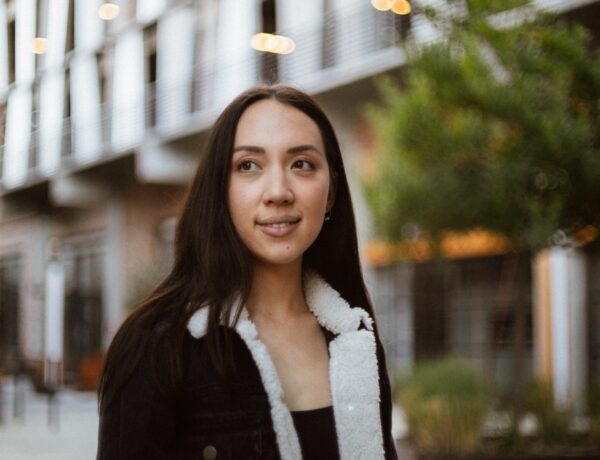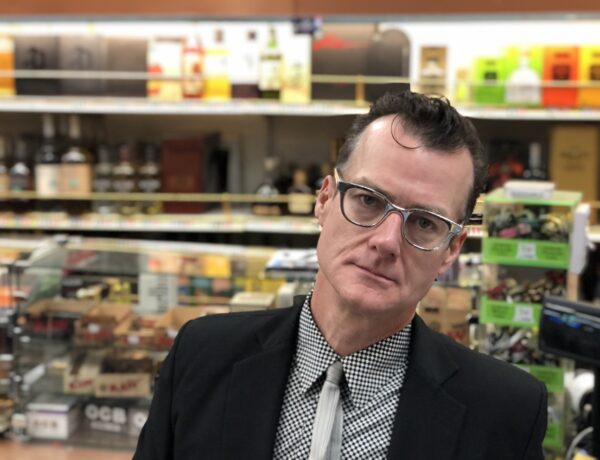Mila Jaroniec is a Polish-American writer. She is the author of the novel Plastic Vodka Bottle Sleepover and her work has appeared in Playgirl, Playboy, Joyland, Southwest Review, PANK, The Millions, NYLON and Teen Vogue, among others.
She earned her MFA from The New School and teaches writing at Catapult, where her popular manuscript intensive, 40,000 Words in 40 Days, was named as one of the Online Classes Actually Worth Taking by New York Magazine. Currently, she is teaching the 2022-2023 Online Novel Generator.
Each week, we publish a new daily writing routine from a famous author. Subscribe to our newsletter so you don’t miss out!
Hi Mila! We’re delighted to have you as a guest on Famous Writing Routines. For our readers who may not be familiar with your work, could you please give us a brief introduction to yourself?
Thank you so much for having me! I’m a Polish-American writer and the author of the novel Plastic Vodka Bottle Sleepover, and most recently, the novella Netratā. I’m also a writing instructor at Catapult, where I’m currently teaching the year-long Novel Generator course.
Your novel Plastic Vodka Bottle Sleepover has been praised for its raw and honest portrayal of young queer life. Can you talk about your inspiration for the story and the process of writing it?
The book actually began as short stories. I thought I was writing short stories for about seven years. They all had to do with thresholds, with failure, bad love, isolation, addiction, joy, transcendence, and finding freedom in spite of/because of everything.
But the stories felt incomplete in themselves. When I realized I was subconsciously trying to flesh out one narrative, sketch one portrait, so much instantly clicked. Then I broke it all the way apart and rewrote the whole manuscript from scratch, and that took about two years.
As for the process of writing that book, I wrote everywhere I could, for as long as I could. Before work, at work, in bars, cafes, parks, whatever. I was completely untethered in my life and I took advantage of that. Everything I did was in service of the novel. It became my whole world.
Your work often deals with themes of identity and coming of age, what draws you to these themes and how do you approach writing about them?
We’re in a perpetual process of becoming. Identity isn’t static, it’s fluid, and there are many coming of age narratives over the course of a lifetime. I think I’m drawn to explore them because they’re always real and always in flux.
As far as my writing approach, I see every book as an excavation, of my subject but also of myself as an artist. Every new project is a period of my life that I enter into with my whole body.
Can you tell us about your writing process? What does a typical writing day look like for you?
It depends. If I’m working on something, I’m really disciplined, borderline obsessive. The work comes first. If I’m not, I tend to stay away from the laptop and journal, take notes, write letters, wring out my mind in other ways.
I’m working on a new book now, so I get up at 5 a.m., meditate, then sit down to write for an hour. Most days that’s all I get, because then I have to get my son ready for school, go to work, read my students’ work, drive home, handle dinner and bedtime, and/or teach class if that’s on the agenda. It’s pressurized, but it’s consistent.
Discover the daily writing habits of authors like Stephen King, Neil Gaiman, and Gillian Flynn with Famous Writing Routines Vol. 1 and learn how to take your writing to the next level. Grab your copy today!
How do you handle writer’s block or creative roadblocks in your work?
If I don’t want to write, I don’t, and I give myself permission not to. But I work out a lot of structural and plot issues when I’m not writing, outside of the manuscript, and when I come back to it I always have a bearing. For me, a huge part of the writing process happens off the page.
Can you speak to your experience teaching writing, specifically your 40,000 Words in 40 Days course? How do you help your students develop their writing routine and find inspiration?
I love teaching creative writing, because what I’m really helping students do is figure out how to write like themselves. And with 40k, that class was essentially born out of a routine I’d created for myself, so I know it works. I had a very specific process for my second novel, and I figured if it could help me, it could help other writers too. I talk about it in more detail in this Catapult essay, which actually has a lot of my syllabus in it.
At the core, I’d say most of my job in this arena is helping students develop a deep-rooted relationship with their writing practice and approach to craft, which is about so much more than producing books. As Yves Klein said: “My canvases are only the ashes of my art.” In my view, books are the ashes of a well-lived literary life.
What does your writing workspace look like?
Kind of like an altar! There are crystals and candles all over the place, active Tarot decks, mementos, stacks of books. It’s too messy to photograph but it’s a very comforting, safe place. An all-purpose sanctuary.
Affiliate disclaimer: Some links on this website are affiliate links. We may earn a small commission if you make a purchase through these links, but only promote products we truly believe in. We disclose affiliate links and give honest reviews.



No Comments